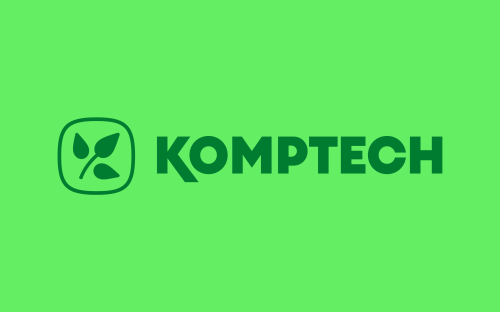Opportunity: Ms. Huber-Humer, at the start you mentioned cyclical waste management. Europe is doing its homework, even if there remains much to do. But how can appropriate solutions be found in less prosperous countries?
Professor Marion Huber-Humer: In my opinion, interdisciplinary research and the international collaboration of varied stakeholders are the keys to moving international waste management towards a circular economy. At our institute we work on these questions by systematically observing material flows and processes. In the process we always try to consider and evaluate the entire life cycle.
Here again we follow the waste management premises from avoidance, collection and reclamation to environmentally neutral disposal with minimum emissions. From this, procedures and technologies can be adapted and systems can be optimized for countries that have less money to spend on waste management. Often countries start small with projects of modest scope, in order to gain experience. These pilot projects can then be scaled up step by step. It’s important to understand the existing local structures in each country, and get them onboard early. These might be active and involved local people – the so-called informal sector that takes care of collecting and using certain waste streams. Or it might be formal organizations and education institutions up to the university level, that offer waste management education and training programmes.
Opportunity: Can you give us an example?
Professor Marion Huber-Humer: I can gladly give several. In the past years we have done many very different projects. We see over and over again that knowledge transfer and training are essential. One good example is a Tempus project supported by the OeAD, the Austrian Agency for Education and Internationalization. Together with students and colleagues from Dresden Technical University and Universities in Ukraine and Belarus, we developed waste management study programmes. In the process, in cooperation with study groups and local stakeholders, regional waste management plans were formulated.
In another project we worked with partners in Ethiopia to establish the separate collection of organic waste in a district of the capital city Addis Ababa. This waste was subsequently composted decentrally to produce a locally available fertilizer. Currently we’re participating in several projects for handling electronics waste in the Caribbean and in Laos. Among other things, the island nature of small Caribbean is a specifically regional challenge. Other projects in recent years have revolved around ship recycling and dealing with hazardous waste in China, and handling plastic waste in Vietnam. We’ve worked in Kazakhstan and Russia on modernizing management systems for residential waste, in particular towards monitoring landfills, and means and technologies for minimizing emissions.
Opportunity: In many countries, mixed household waste is the largest fraction. Can its mechanical-biological processing contribute to sustainable waste management?
Professor Marion Huber-Humer: Absolutely. In many of the foreign projects I named, we found that the timely implementation of simple, robust technologies makes a noticeable improvement in the environmental situation. The mechanical-biological treatment of residential waste is a low-tech measure that is suitable and beneficial for economically weak countries. It acts as a bridge technology, like it did in Austria twenty or thirty years ago. Back then we didn’t have enough thermal treatment capacity.
In the mechanical stage, recyclables like metal or thermally usable fractions can be reclaimed. These can be usable as primary energy sources for regional industries. But the really big benefit for the environment is in the substantial reduction of greenhouse methane emissions. If mixed household waste is processed mechanically-biologically before landfilling, the organics in it stabilize and do not decompose as easily. If this stabilized material is tipped into a landfill uncompressed, if favours the biological methane oxidation process. That means that methane formed and emitted by untreated waste in deeper landfill layers is broken down by methane-oxidizing microorganisms. The microorganisms colonize pre-treated material preferentially, and transform methane into water and carbon dioxide. Carbon dioxide is much less greenhouse-active than methane. The result is a multiple win for the environment in countries where due to the lack of legal, institutional and economic disincentives, uncontrolled dumping is still the predominant form of waste disposal.





